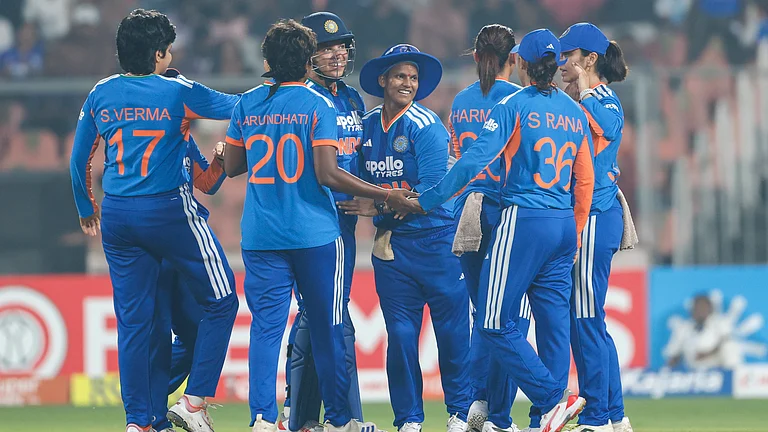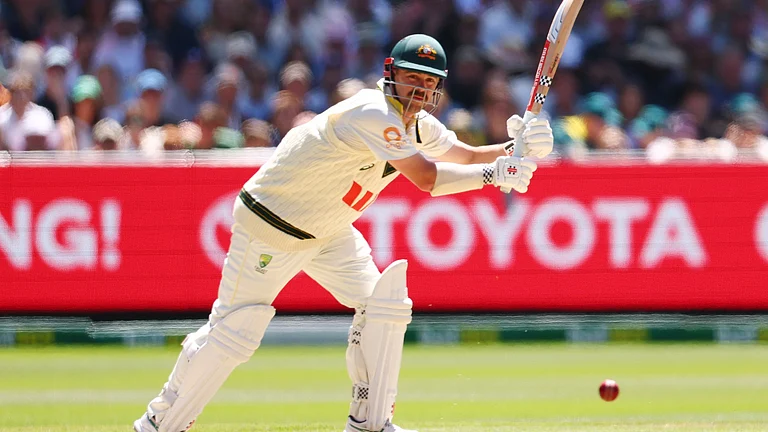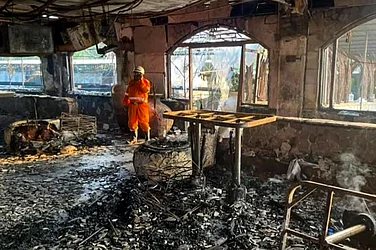April 29 should be celebrated as ‘People’s Day’ every year.
In my view, the date April 29, 1973 is right next to January 26, 1950, which was marked as the first Republic Day, in terms of significance for we the people.
India became a republic on January 26, 1950, when the Constitution of India was born after decades of freedom struggle and Independence on August 15, 1947. The Constituent Assembly had been formed in November 1946 for the making of the Constitution and three years of hard work culminated in its adoption on November 26, 1949. The Indian Constitution came into effect on January 26, 1950.
What is the significance of April 29, 1973 for ‘We the People’, who are sovereign and have given to ourselves the Constitution, as per its Preamble?
To answer the above, let me raise a few other questions:
- What is it that protects India and its people from ceasing to be a democratic and secular nation?
- What is the kavach —armour— that ensures people continuously enjoy the fundamental right of free speech; right to life and liberty; freedom to practice and profess any religion of their choice; right to equality and other basic rights?
- What is it that has continuously kept India with a Parliamentary form of government with a federal flavor?
- Why is it that these basic features of us citizens’ lives remain even today as they were laid down in the Constitution of India?
The answer is the decision of the Supreme Court on April 29, 1973, in the Kesavananda Bharati case.
The road to Kesavananda Bharati judgement
The Apex Court had declared in Shankari Prasad’s case (1951) that the Indian Parliament had the unrestricted power to amend the Constitution which implied that even the fundamental rights of citizens could cease to exist. In other words, even the Indian Constitution could be repealed if this precedent was to be applied in letter and spirit.
However, in Golak Nath’s case, the Apex Court held that abridgement of citizens’ fundamental rights through amendment would be void. In other words, it would be impermissible. This led to the 24th amendment by which even fundamental rights could be repealed or amended. This was challenged in Keshavananda Bharti’s case.
If the amendment was held as valid, Parliamentary majority could strip the people of their fundamental rights. If it was held as invalid, then the fundamental rights would become immune from amendment. Thus was the constitutional dilemma.
Kesavananda Bharati case and Basic Structure Doctrine
In 1973, the Supreme Court in a 7:6 judgement created the concept of ‘Basic Structure’ of the Constitution. We the people of India could not have got a stronger kavach against absolutism by the majoritarian Congress regime then and future governments. This concept of ‘basic structure’ or ‘basic features’ of the constitution speaks of the highest level of judicial statesmanship of the majority judges.
As per this concept, the amendatory power of the Parliament is restricted to the point that it does not touch upon the basic structure of the Constitution. The judgement is a watershed for the people of India. What could be the consequences if the Parliament had an unrestricted right to amend the constitution? The answer comes from Keshavanada Bharti judgement.
The Supreme Court said, “The respondents who appeal fervently to democratic principles, urge that there is no limit to the power of Parliament to amend the Constitution. Article 368 can itself be amended to make the Constitution completely flexible or extremely rigid and unamendable. If this is so, a political party with a two-thirds majority in Parliament for a four years (now five) period could so amend the Constitution as to debar any other party from functioning, establish totalitarianism, enslave the people, and after having effected these purposes make the Constitution unamendable or extremely rigid. This would no doubt invite extra-Constitutional revolution. Therefore, the appeal by the respondents to democratic principles and the necessity of having absolute amending power to prevent a revolution to buttress their contention is rather fruitless, because if their contention is accepted the very democratic principles which they appeal to, would disappear and a revolution would also become a possibility.”
To prevent the above possibilities, the Apex Court held that the basic structure of the Indian constitution cannot be amended. What constitutes the basic structure?
The majority opinions of Judges in Kesavananda Bharati elucidates the concept of basic structure of the Constitution. Chief Justice SM Sikri said that every provision of the Constitution can be amended, provided in the result the basic foundation and structure of the Constitution remain the same. The basic structure consists of supremacy of the Constitution; republican and democratic form of government; secular character of the Constitution; separation of powers between the Legislature, the Executive and the Judiciary; federal character of the Constitution.
Justices Shelat and Grover said that the basic structure of the constitution is not a vague concept and that they could not be catalogued but only be illustrated. In addition to the above basic features, they said that the dignity of the individual secured by the freedoms and basic rights in Part III and the mandate to build a welfare state contained in Part IV of the Constitution were also part of the basic structure.
Kesavananda Bharati judgement truly gives life to the symbolism embodied in the Preamble: “We, the people of India….give to ourselves this constitution.”
Post-Keshavananda Bharti, the basic structure concept has been expanded from time to time through numerous judgements, thereby strengthening the sovereignty of the people of India. For instance, governance of the country through the rule of law, not of men is part of the basic structure. Also is the harmony and balance between fundamental rights and directive principles of state policy. Judicial review and effective access to justice are basic features too. The concept of social and economic justice to build a welfare state are part of this doctrine as also the independence of the judiciary and secularism.
The Indian Constitution is an ever-evolving governing law of the land and will see an expansion of the basic structure doctrine in future too. In future, some of the fundamental rights that are likely to be part of the basic structure, in my view, would include the right to privacy, right to sexual orientation and choice; and the right to Internet access.
The basic structure theory is here to stay and expand in future. In my view, the theme set by the Prime Minister Narendra Modi of “Sabka Saath, Sabka Vikas” that represents the Constitutional principles of equality and social welfare which are part of fundamental rights and Directive Principles of State Policy will also fall within the basic structure of the Constitution.
(Vivek Sood is a Senior Advocate practicing in the Supreme Court of India. Views expressed are personal to the author.)
























